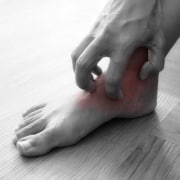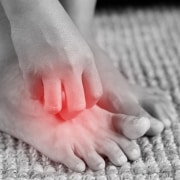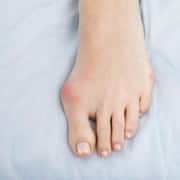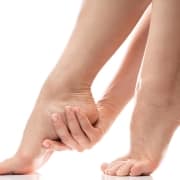3 Signs of a Granuloma
A granuloma annulare in Pflugerville, TX is a type of rash that forms on the hands and feet. It’s characterized by a ring pattern and raised bumps along the skin, and it’s often a response to a change in the body. This could be anything from taking a new prescription medication to getting a bug bite to being out in the sun for too long.
It’s not exactly clear what causes this issue, but there are a few symptoms that you can use to identify whether you have it. We’ll look at what they are and why it might help to see a specialist if any of the following sound familiar.
3 Major Symptoms
If you have a granuloma, you might see or experience:
- Lesions: Localized granulomas occur on the feet and ankles and present as circular or semicircular lesions that can be up to 2” across.
- Itching: Your rash might be itchy, depending on its severity.
- Mild pain: It’s rare for pain to develop in a granuloma annulare, though some patients will report it.
Treatments
The most common treatment is an anti-inflammation treatment, which can be administered either via topical solution (e.g., applied directly to the skin) or through an injection. However, there are a number of other potential measures to treat this condition, based on the type and symptoms. For instance, light or freezing therapy may slow the growth of the rash.
Find a Podiatrist in Austin, TX
If you’re looking for a podiatrist in Austin, TX, Jeffery LaMour DPM, PA is here to help. Our staff is here to address any number of conditions, including unexplained bumps or lesions on the skin. Contact us today to learn more about our services in Austin and Pflugerville or to schedule an appointment for a checkup.








